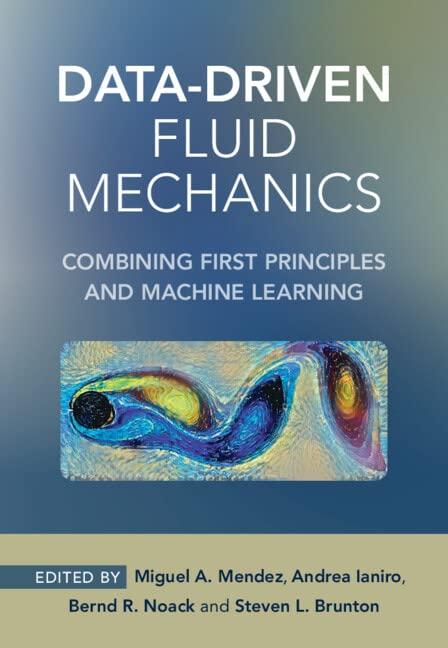Answered step by step
Verified Expert Solution
Question
1 Approved Answer
'age 1 of 3 pages Chemical Reaction Engineering IV ( RTI 4 7 0 S ) Question 1 : COLLECTION AND ANALYSIS OF RATE DATA
'age of pages
Chemical Reaction Engineering IV
RTIS
Question : COLLECTION AND ANALYSIS OF RATE DATA Marks
The rate of the following reaction was studied in a dilute aqueous solution in a constant volume batch reactor at :
Products
The reactants were fed in stoichiometric ratio and was The data obtained is as follows:
tableTime ksFraction of unconverted B
Use the integral method of analysis to determine the rate laws and the rate constants assuming both first and second order reaction kinetics. Derive the
required equations for the analysis of the data from first principles. Show and explain all steps of the derivation.
Use a calculator function to determine the equations of the lines that fit your calculated data and calculate the correlation coefficient, in each case. State whether first or second order kinetics better fit the supplied data and write the rate equation with the calculated rate constants in each case.
NB: Be sure to use the correct units for the rate constants.
;
Bromine in aqueous solution decays when exposed to bright sunlight. The following data were obtained when a glass jar at was exposed to sunlight.
tableTime
Use the DIFFERRENTIAL METHOD OF ANALYSIS to determine the rate law for the reaction.
A histogram should be constructed. It is sufficient to use linear regression on the table of results from the histogram to determine the required parameters of the rate law ie it is not necessary to construct another curve.
vs Ca

Step by Step Solution
There are 3 Steps involved in it
Step: 1

Get Instant Access to Expert-Tailored Solutions
See step-by-step solutions with expert insights and AI powered tools for academic success
Step: 2

Step: 3

Ace Your Homework with AI
Get the answers you need in no time with our AI-driven, step-by-step assistance
Get Started


